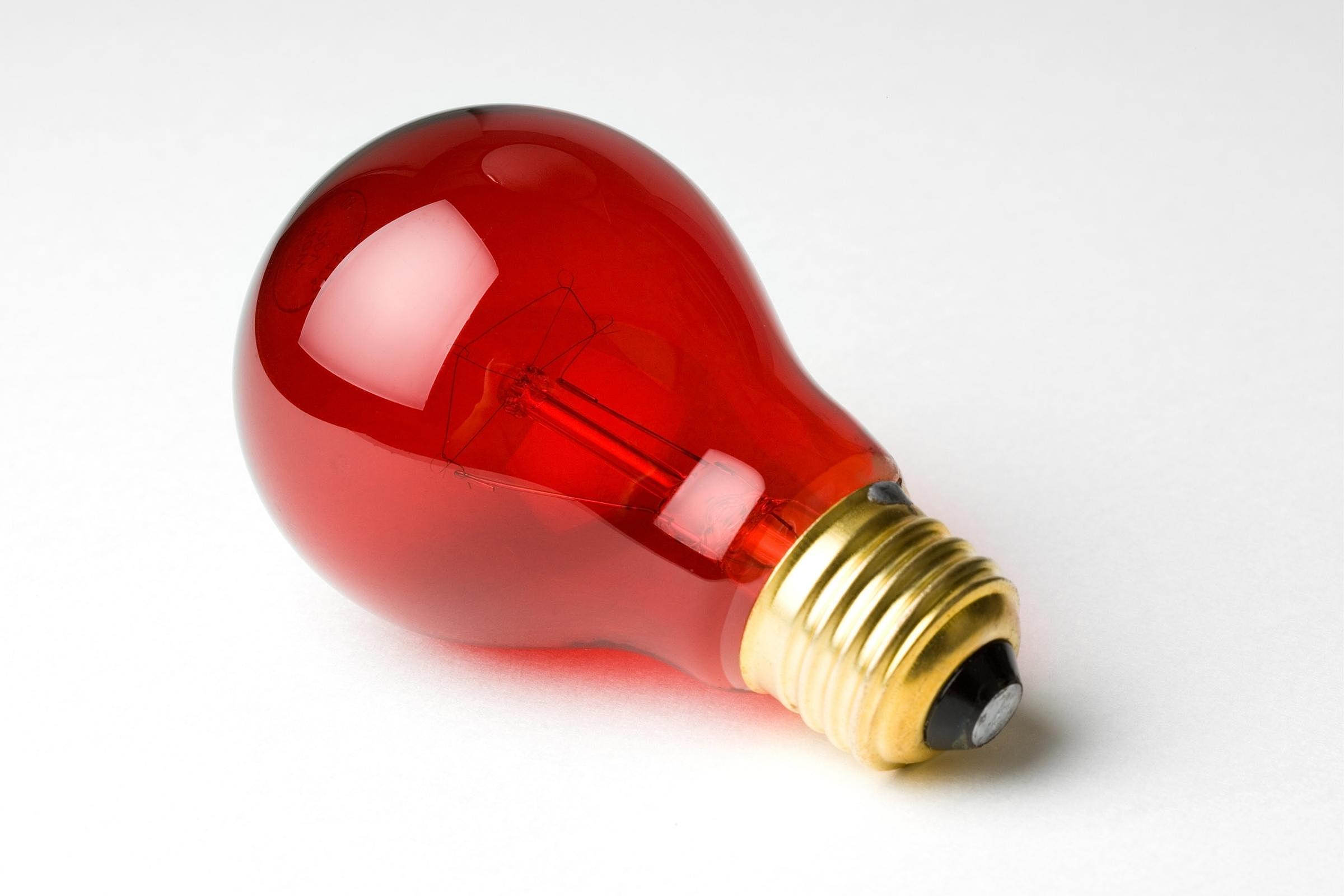

Articles
How Many Amps Does A Light Bulb Use
Modified: December 7, 2023
Discover how many amps a light bulb uses in this informative article. Gain insights on electrical consumption and find out how to optimize energy usage.
(Many of the links in this article redirect to a specific reviewed product. Your purchase of these products through affiliate links helps to generate commission for Storables.com, at no extra cost. Learn more)
Introduction
Welcome to the enlightening world of light bulbs and amps. Have you ever wondered how many amps a light bulb uses? Understanding the concept of amps in relation to light bulbs is essential not only for practical purposes but also for making informed choices when it comes to your lighting needs.
In this article, we will delve into the realm of electrical currents and explore the fascinating world of amps. We will discuss the calculation of amps for light bulbs, explore the amp ratings for common light bulbs, and uncover the various factors that can affect the amp usage of a light bulb.
So, let’s shed some light on the subject and explore the answer to the popular question: How many amps does a light bulb use?
Key Takeaways:
- Understanding amps is crucial for gauging power consumption and making informed lighting choices. Calculate amps for light bulbs using the formula: Amps = Watts / Volts, but consider factors like voltage, efficiency, and configuration for accurate estimations.
- Factors like wattage, voltage, bulb efficiency, and lighting configuration can influence amp usage. Optimize energy consumption and maximize lighting efficiency by considering these factors when selecting and installing light bulbs.
Read more: How Many Amps Does A 60-Watt LED Bulb Use
Understanding Amps
Before we dive into the specifics of how many amps a light bulb uses, let’s first understand what amps actually are. Amps, short for amperes, are a unit of electric current. They measure the rate at which electric charge flows through a conductor.
Think of amps like the volume of water flowing through a pipe. The higher the amps, the greater the flow of electric charge through the circuit. Amps are a crucial measurement in understanding the power consumption of electrical devices, including light bulbs.
In simple terms, amps represent the amount of electrical current drawn by a device from the power source. The higher the amps, the more energy the device consumes and the more strain it puts on the electrical system.
It’s important to note that light bulbs can have different amp ratings, depending on their wattage and design. Higher wattage bulbs typically draw more amps, while lower wattage bulbs draw fewer amps. Understanding amps can help you gauge the power consumption of your light bulbs and make better choices for your lighting needs.
Now that we have a basic understanding of amps, let’s explore how to calculate the amps for different types of light bulbs.
Calculation of Amps for Light Bulbs
Calculating the amps for light bulbs involves a simple mathematical formula using the wattage and the voltage of the bulb. The formula to calculate amps is:
Amps = Watts / Volts
Let’s break it down. The wattage of a light bulb indicates the amount of power it consumes. It is usually mentioned on the packaging or the bulb itself. The voltage refers to the electrical potential difference supplied to the bulb, which is typically 120 volts in residential settings.
For example, let’s say we have a 60-watt light bulb with a voltage of 120 volts. Plugging these values into the formula, we get:
Amps = 60 watts / 120 volts = 0.5 amps
Therefore, a 60-watt light bulb draws approximately 0.5 amps of current.
It’s important to note that this formula provides a general estimation and may not be exact in all cases. The actual amp draw of a light bulb can vary slightly due to factors such as variations in voltage supply, bulb efficiency, and other electrical factors.
Now that we know how to calculate the amps for light bulbs, let’s explore the amp ratings for common types of light bulbs.
To calculate the amps used by a light bulb, divide the wattage of the bulb by the voltage of the circuit it’s on. For example, a 60-watt bulb on a 120-volt circuit would use 0.5 amps (60W / 120V = 0.5A).
Amp Ratings for Common Light Bulbs
Light bulbs come in various types and wattages, each with its own amp rating. Here are some common light bulbs and their corresponding amp ratings:
- Incandescent Bulbs: Incandescent bulbs are traditional, filament-based bulbs. They come in a range of wattages, such as 40W, 60W, and 100W. The amp ratings for these bulbs depend on the voltage used, typically ranging from 0.33 to 0.83 amps.
- Halogen Bulbs: Halogen bulbs are more energy-efficient versions of incandescent bulbs. They produce bright, white light and are commonly used in spotlights and floodlights. The amp ratings for halogen bulbs vary based on their wattage, ranging from around 0.42 to 1.25 amps.
- CFL Bulbs: Compact Fluorescent Lamp (CFL) bulbs are known for their energy efficiency and long lifespan. These bulbs use fluorescence to produce light. The amp ratings of CFL bulbs depend on their wattage, typically ranging from 0.15 to 0.40 amps.
- LED Bulbs: LED (Light Emitting Diode) bulbs are highly energy-efficient and durable. They have become increasingly popular for their long lifespan and versatility. The amp ratings for LED bulbs vary depending on the wattage and design, generally ranging from 0.05 to 0.30 amps.
It’s important to differentiate between the amp ratings of light bulbs and the ampacity of electrical circuits. Ampacity refers to the maximum current-carrying capacity of a circuit and is typically denoted by the circuit breaker’s rating. It’s crucial to ensure that the amp rating of the light bulbs used on a circuit does not exceed the circuit’s ampacity to avoid overloading the circuit.
Now that we have explored the amp ratings for common light bulbs, let’s discuss the various factors that can affect the amp usage of a light bulb.
Factors Affecting Amp Usage
Several factors can influence the amp usage of a light bulb. Understanding these factors can help you optimize your lighting setup and ensure efficient electricity consumption. Here are some key factors:
- Wattage: The wattage of a light bulb directly affects its amp usage. Higher wattage bulbs generally draw more current, resulting in higher amp ratings.
- Voltage: The voltage supplied to a light bulb impacts its amp usage. Most residential settings have a standard voltage of 120 volts. However, some environments may have different voltage levels. It’s essential to match the voltage of the bulb with the available power supply for accurate amp calculations.
- Bulb Efficiency: The efficiency of a light bulb can impact its amp usage. More efficient bulbs, such as LEDs, convert a higher percentage of electrical energy into light, resulting in lower amp ratings compared to less efficient bulbs.
- Lighting Configuration: The way light bulbs are configured in a circuit can affect the amp usage. For example, if multiple bulbs are connected in parallel, the amps will be divided between them, resulting in lower individual amp ratings compared to a single bulb.
- Dimming Capability: Some light bulbs, such as certain LED and CFL bulbs, have dimming capabilities. When dimmed, these bulbs typically draw less current, resulting in lower amp ratings.
- Power Fluctuations: Variations in power supply voltage can impact the amp usage of light bulbs. If the voltage fluctuates, it can cause slight variations in the current drawn by the bulbs.
It’s important to consider these factors when selecting and installing light bulbs. Choosing energy-efficient bulbs, understanding the circuit capacity, and using proper voltage levels can help optimize amp usage and reduce energy consumption.
Now that we have explored the factors affecting amp usage, let’s conclude our journey into the world of light bulbs and amps.
Conclusion
In conclusion, understanding the amp usage of light bulbs is vital for making informed decisions about your lighting needs. Amps, or amperes, measure the rate at which electric charge flows through a conductor. By understanding the concept of amps and learning how to calculate them for light bulbs, you can better gauge the power consumption and electrical strain of your lighting setup.
Calculating amps for light bulbs involves using the formula: Amps = Watts / Volts. This formula allows you to estimate the amp rating of a light bulb based on its wattage and the voltage supplied to it. However, it’s important to note that the actual amp draw may vary due to factors such as voltage fluctuations and the efficiency of the bulb.
Common light bulbs have different amp ratings based on their type and wattage. Incandescent bulbs, halogen bulbs, CFL bulbs, and LED bulbs all have varying amp ratings. It’s important to match the voltage of the bulb with the appropriate power supply and not exceed the ampacity of the electrical circuit to prevent overloading.
Several factors affect amp usage, including wattage, voltage, bulb efficiency, lighting configurations, dimming capabilities, and power fluctuations. Considering these factors can help optimize energy consumption and maximize the efficiency of your lighting setup.
By gaining a deeper understanding of amps and their relationship with light bulbs, you can make informed decisions when it comes to selecting the right bulbs for your needs, ensuring energy efficiency, and maintaining the electrical safety of your home or workspace.
So, the next time you ask yourself, “How many amps does a light bulb use?” you’ll have the knowledge and tools to find the answer.
Frequently Asked Questions about How Many Amps Does A Light Bulb Use
Was this page helpful?
At Storables.com, we guarantee accurate and reliable information. Our content, validated by Expert Board Contributors, is crafted following stringent Editorial Policies. We're committed to providing you with well-researched, expert-backed insights for all your informational needs.
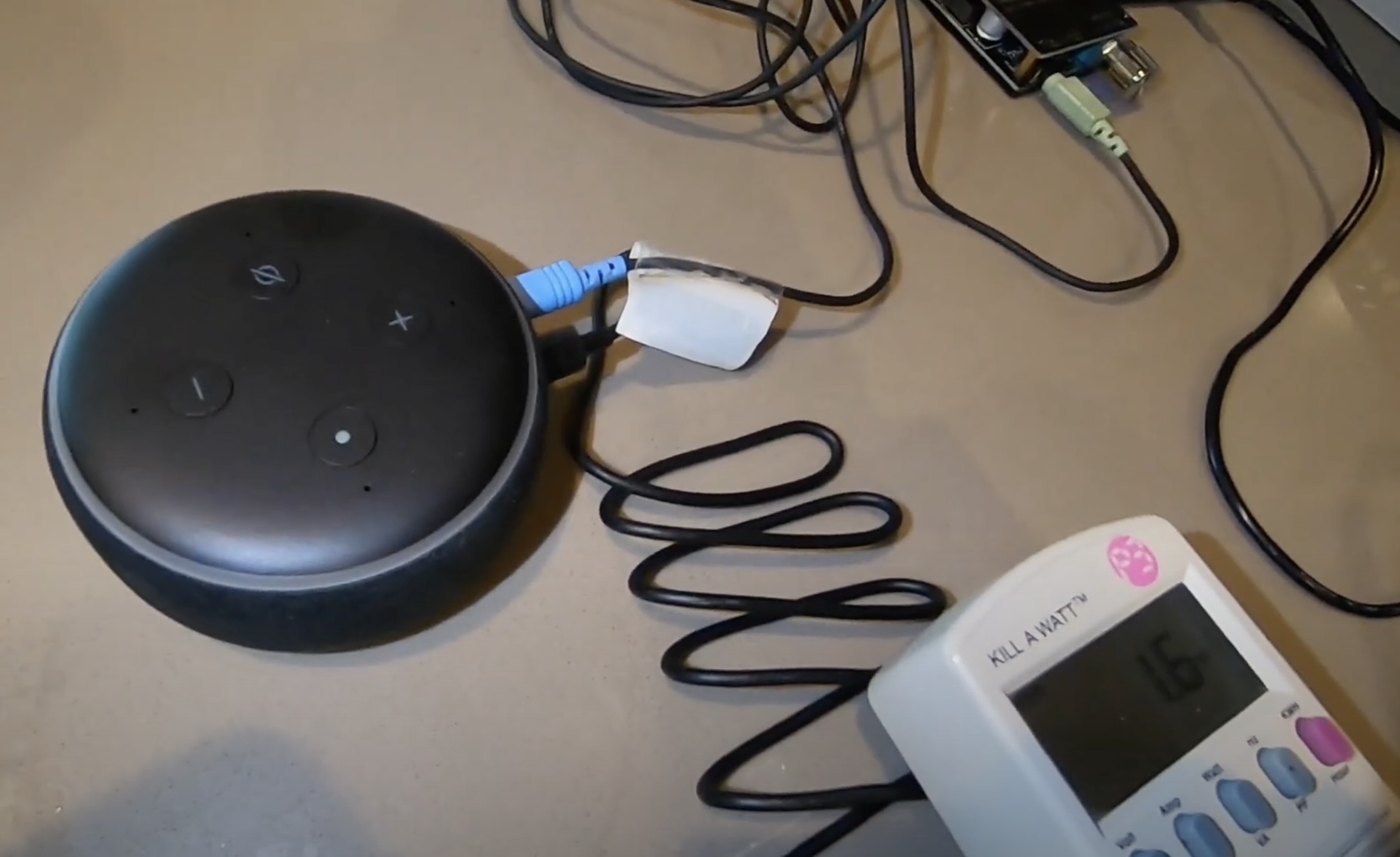



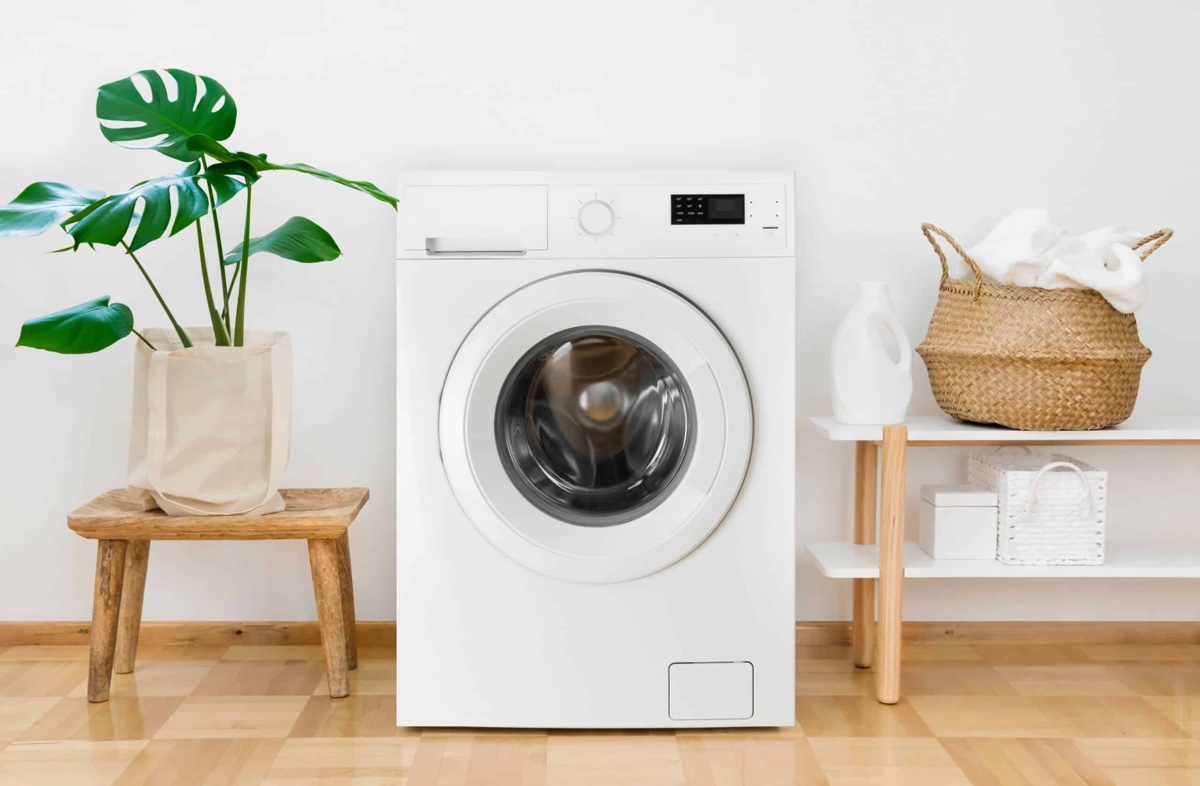
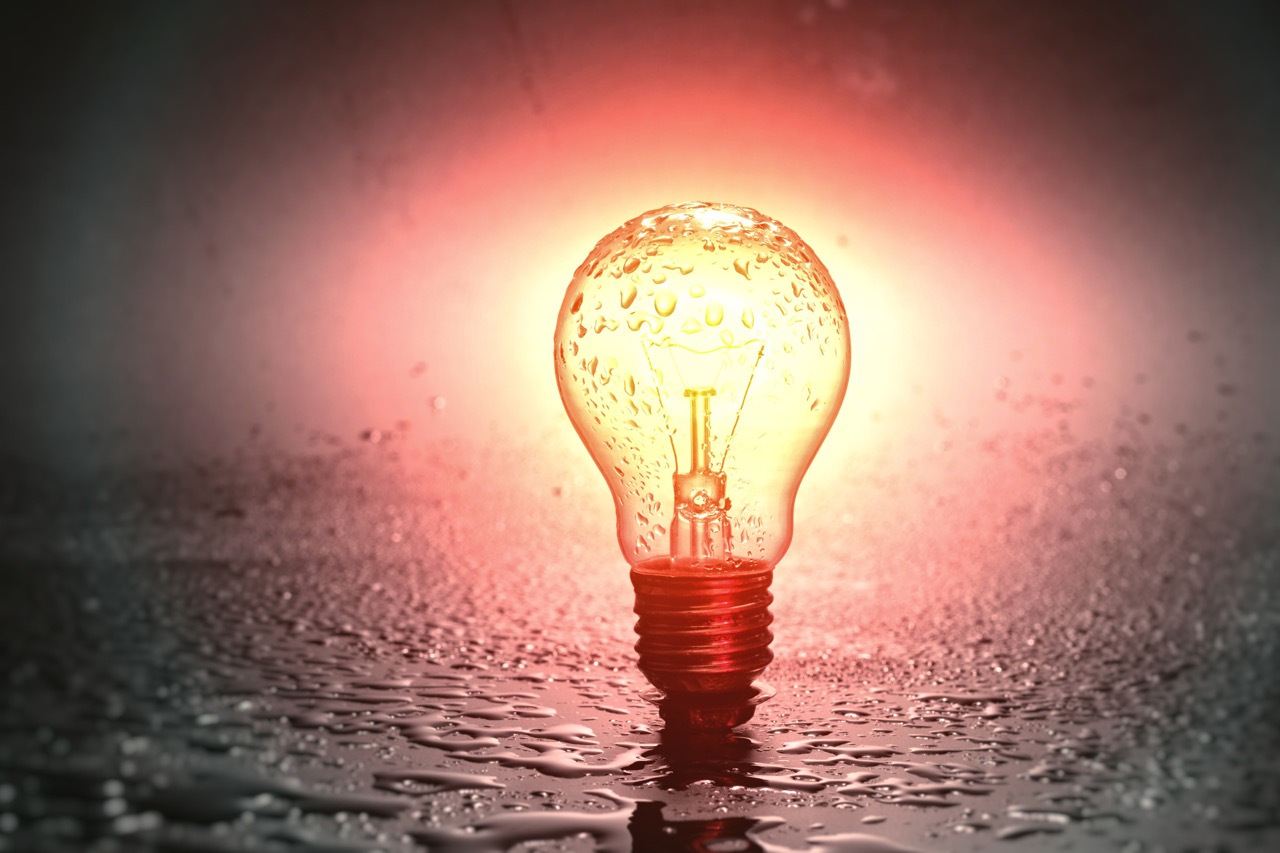
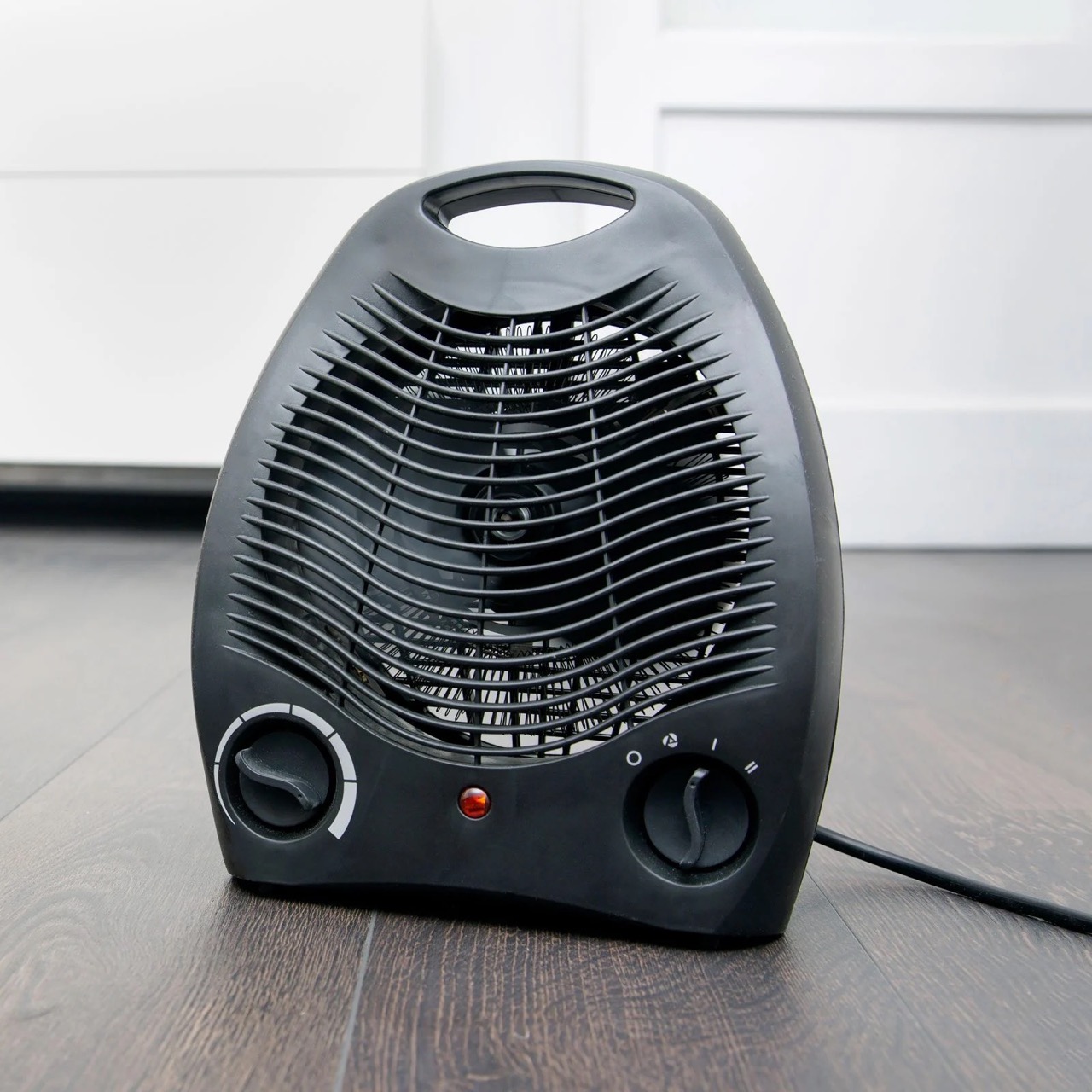
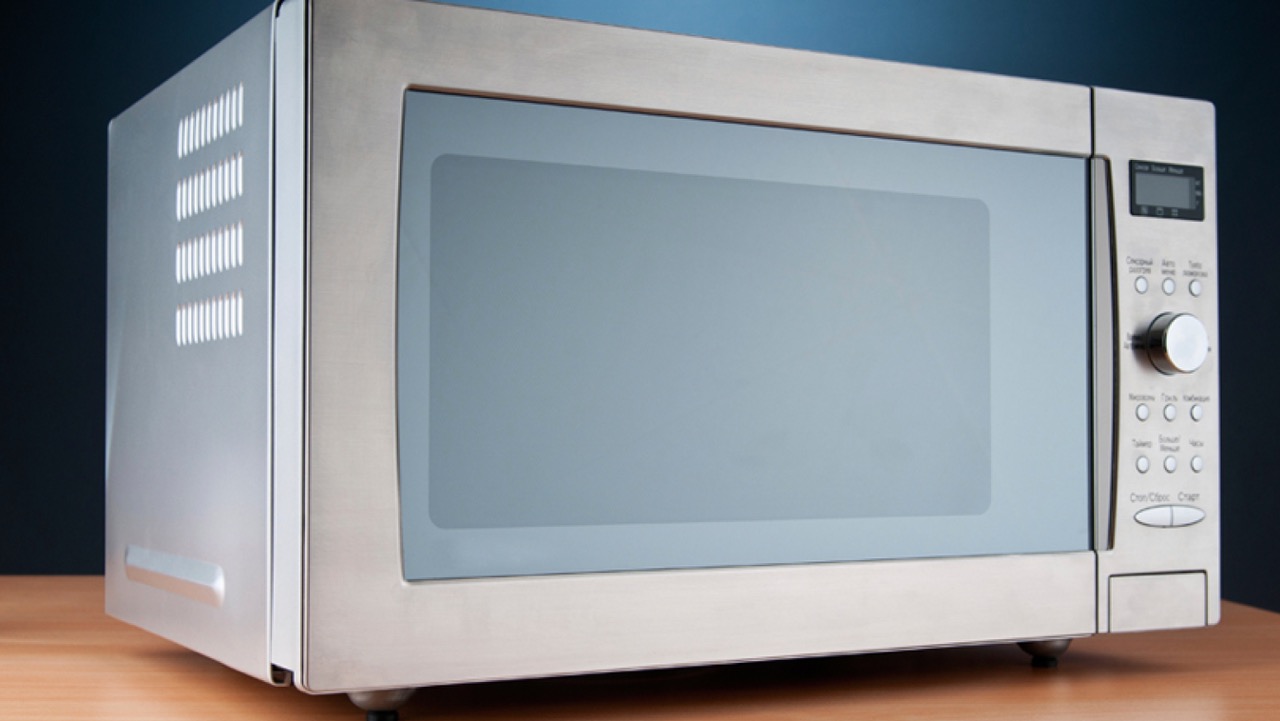
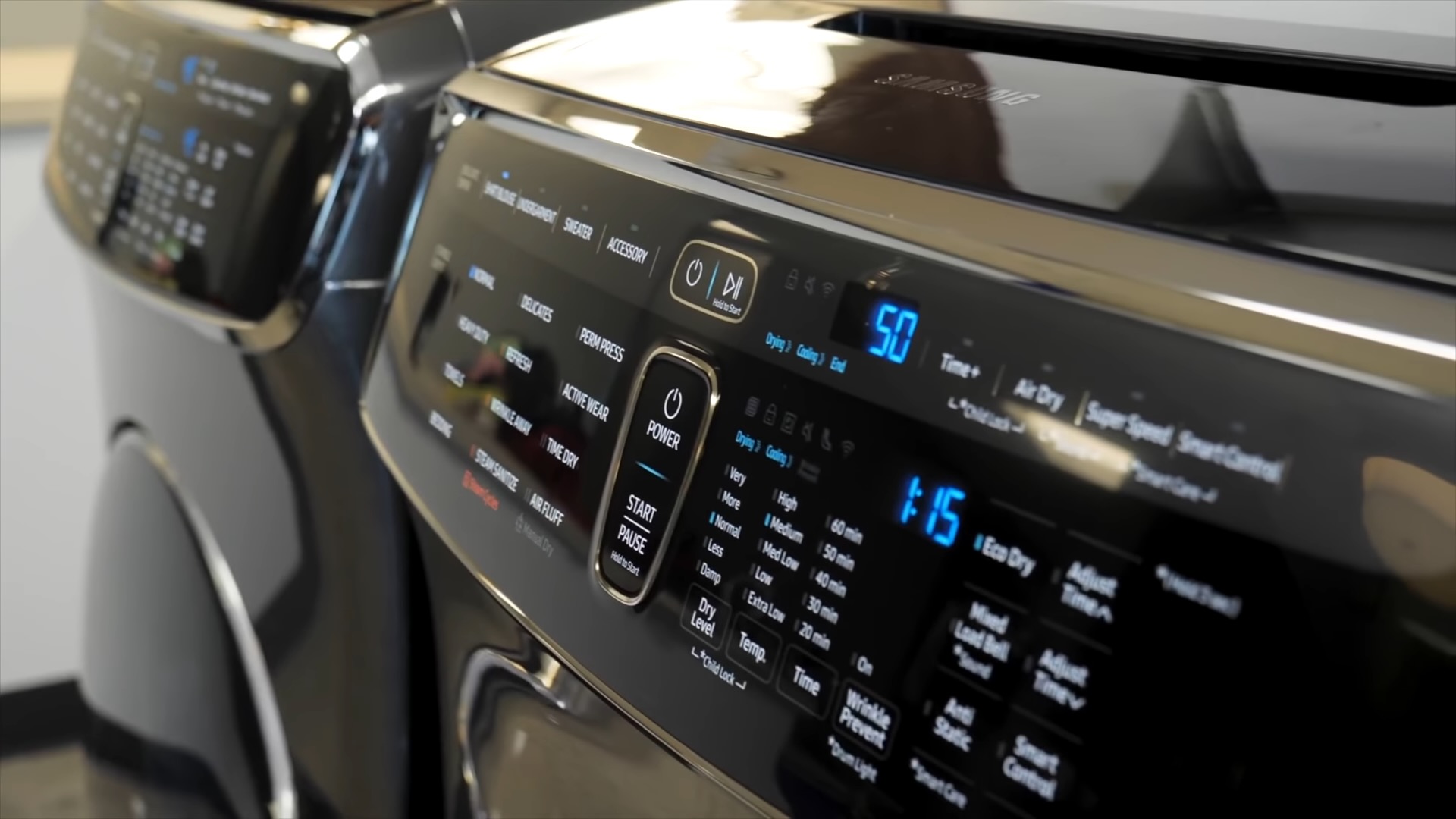
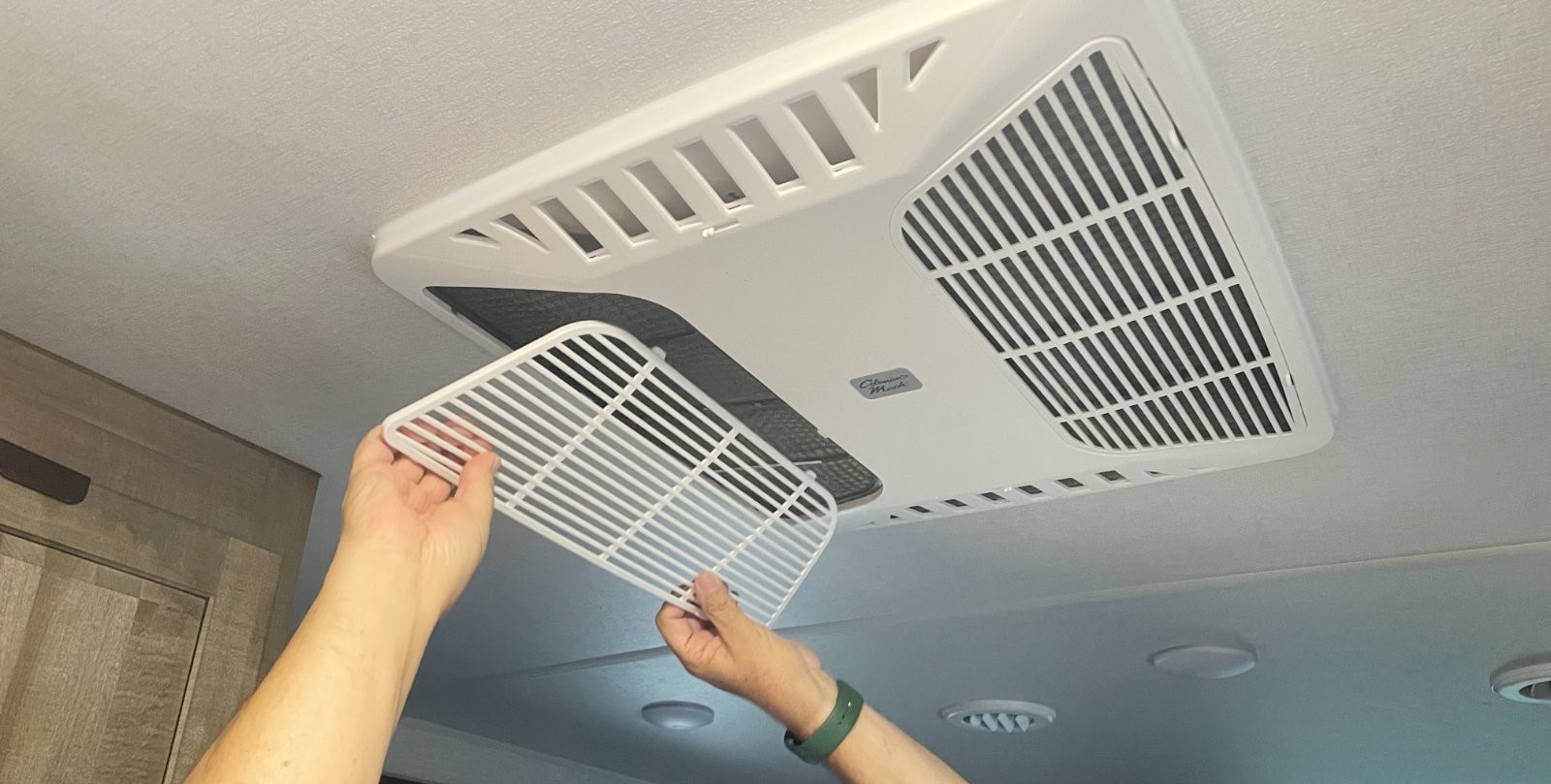
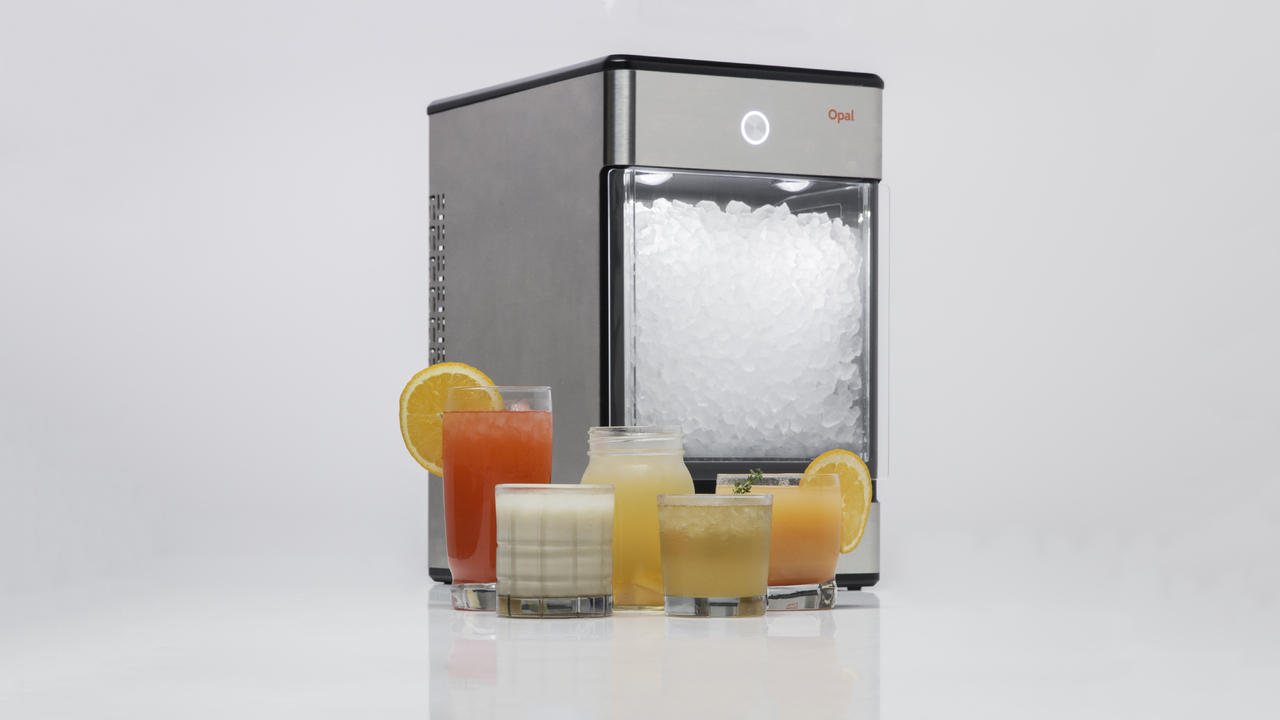

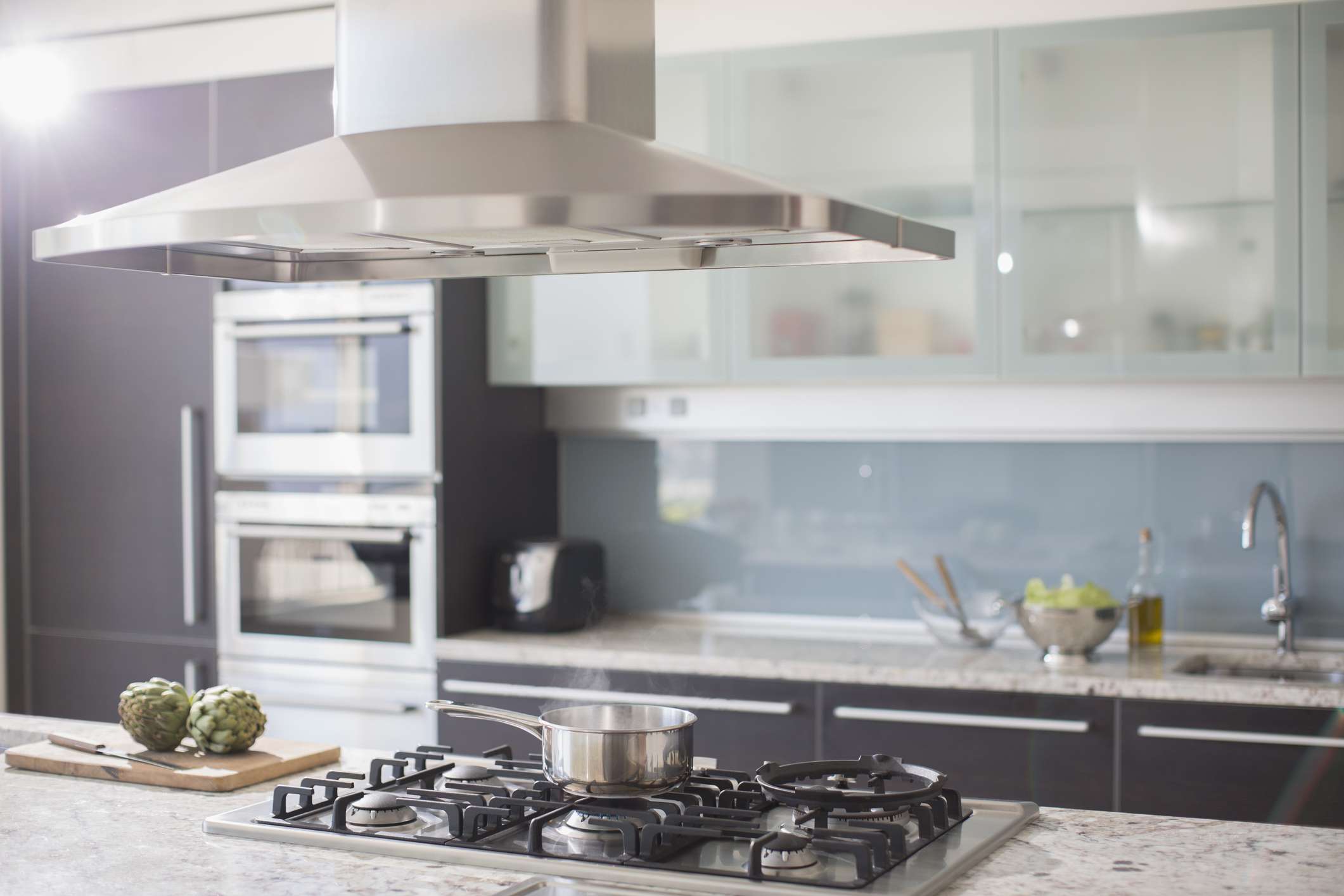
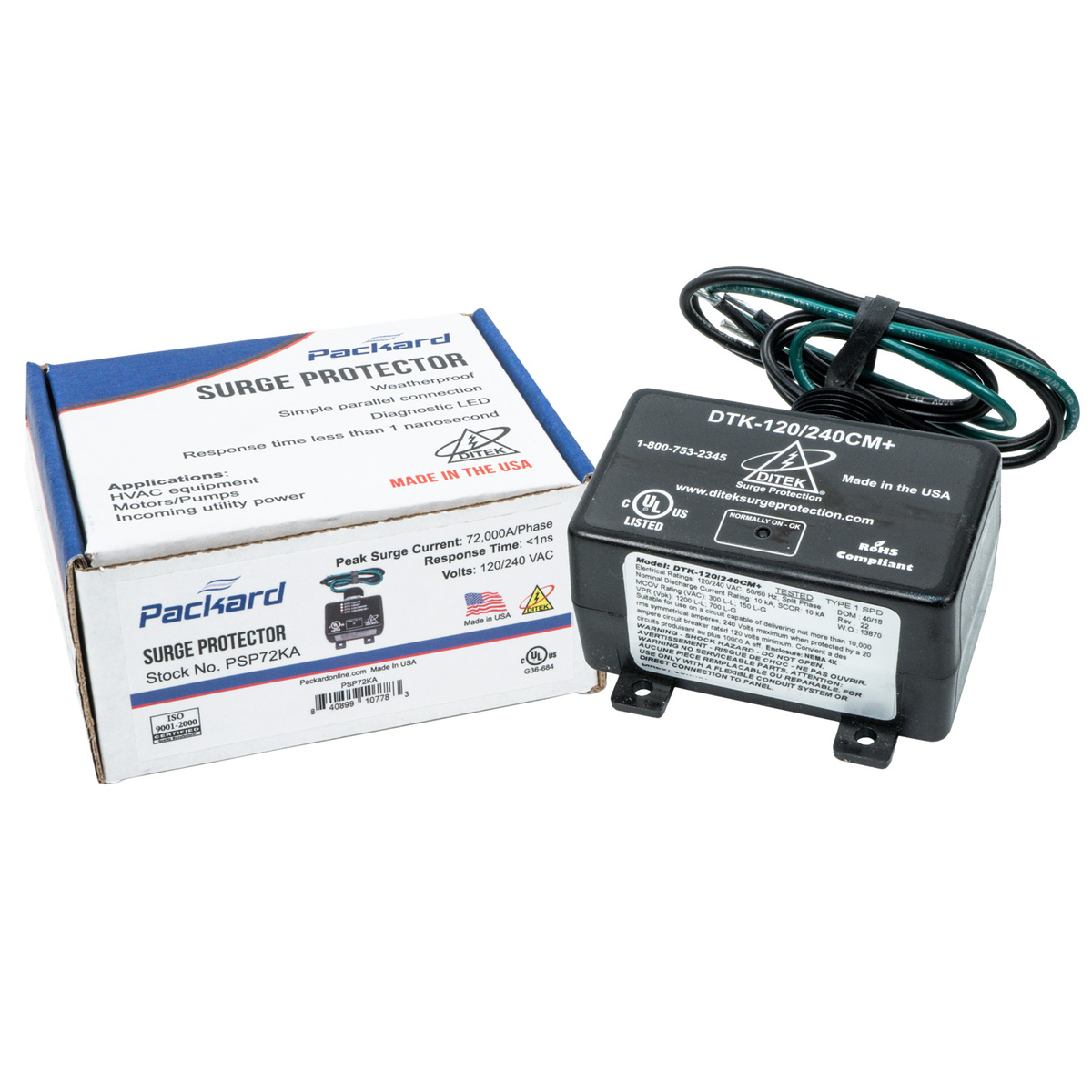

0 thoughts on “How Many Amps Does A Light Bulb Use”